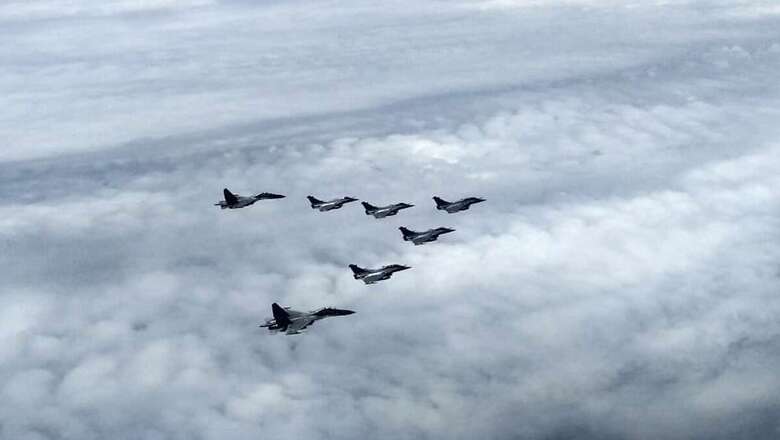
views
The five Dassault-made Rafale fighter Jets have reached India and landed at the Ambala airbase. Defence minister Rajnath Singh welcomed the 'Golden Arrows' Rafale jets escorted by two Su-30MKIs. The five jets, 3 with single seater and 2 with double seater configuration earlier entered Indian airspace where the Sukhoi Su-30MKI welcomed them and escorted to the Haryana's Ambala airbase.
Singh said that the touch down of the five fighter aircraft marks the 'beginning of new era in our country's military history. "I congratulate the IAF on a professionally executed ferry. I am sure that 17 Squadron, the Golden Arrows, will continue to live upto their motto of "Udayam Ajasram". I am extremely happy that IAF’s combat capability has got a timely boost," he tweeted.
The Touchdown of Rafale at Ambala. pic.twitter.com/e3OFQa1bZY — Rajnath Singh (@rajnathsingh) July 29, 2020
The five Rafale started their 7000-km long journey on July 27 from France, the home country of Dassault and had a stop over at UAE. India's first Rafale was handed over to Singh on the foundation day of the Indian Air Force last year and bears a tail number ‘RB 01', where 'RB' stands for Air Chief Marshal R.K.S. Bhadauria, who played an important role in negotiations for procuring 36 Rafale jets in the flyaway condition. Here’s a look at the history and specifications of the Dassault Rafale to understand what makes this Fighter Jet so special for the Indian Air Force-
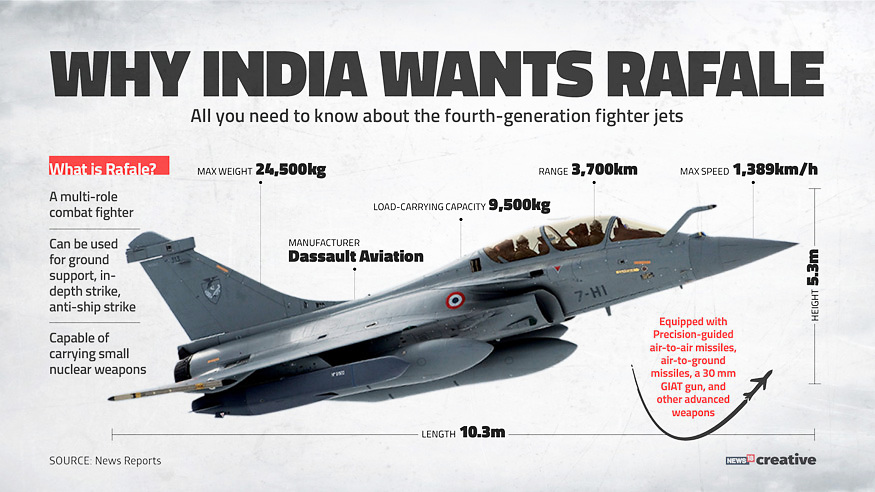
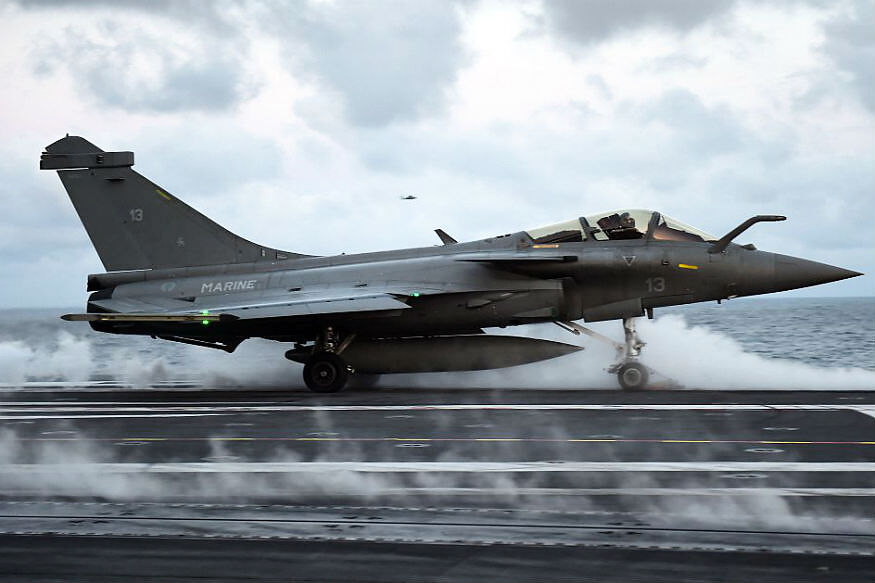
#RafaleInduction : BRIEFED & READY!!! The Hon'ble Raksha Mantri, all set to fly the Rafale jet at French Air Force Base Bordeaux, France. The Vice Chief of the Air Staff, Air Marshal HS Arora, accompanies him for the induction ceremony. pic.twitter.com/Xo5qIhs9ng — Indian Air Force (@IAF_MCC) October 8, 2019
India and Rafale Deal
Though the idea to induct additional fighter jets in the IAF has been since 2001, the actual process began in 2007. The current IAF fleet largely consists of heavy and light-weight combat aircraft. So the defence ministry considered bringing in intermediate medium-weight fighter jets. The Defence Acquisition Council, headed by then Defence Minister AK Antony, approved the ‘Request For Proposal’ to buy 126 aircraft in August 2007. This kick-started the bidding process. The plan included acquiring 126 aircraft, 18 of them in fly-away condition and the rest to be made in India at the Hindustan Aeronautics facility under transfer of technology.
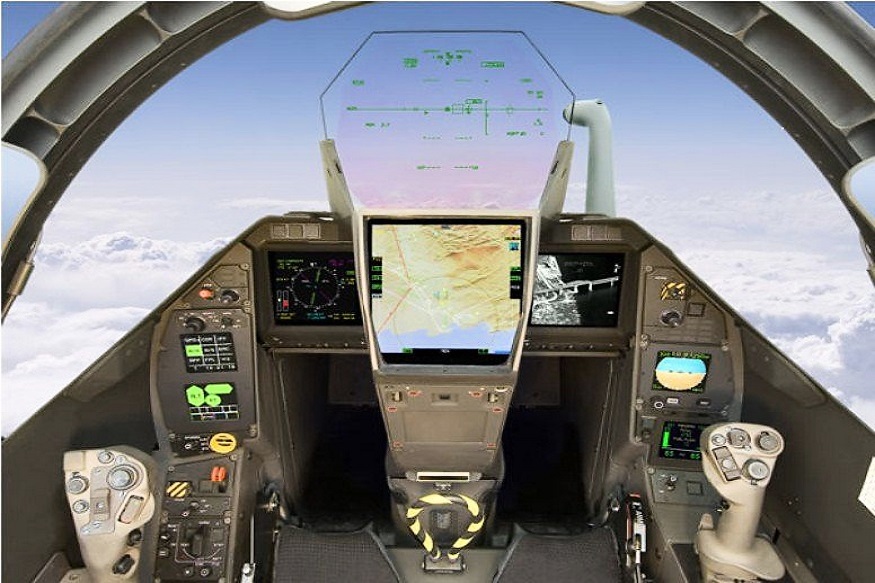
Dassault’s Rafale was not India’s only choice as several international aviation manufacturers expressed interest upon knowing the Indian government’s mammoth plan to revamp its air force fleet by introducing MMRCAs. Six renowned aircraft manufacturers competed to bag the contract of 126 fighter jets, which was touted to be the largest-ever defence procurement deal of India. The initial bidders were Lockheed Martin’s F-16s, Boeing’s F/A-18s, Eurofighter Typhoon, Russia’s MiG-35, Sweden’s Saab’s Gripen and Dassault’s Rafale.
All aircraft were tested by the IAF and after careful analysis on the bids, two of them — Eurofighter and Rafale — were shortlisted. Dassault bagged the contract to provide 126 fighter jets as it was the lowest bidder and the aircraft was said to be easy to maintain. After Rafale won the contract, the Indian side and Dassault started negotiations in 2012. Though the initial plan was to buy 126 jets, India scaled it down to 36, that too in ready condition. The first squadrons of the Rafale are set to join the IAF fleet by 2019.
Specifications
The Rafale is a modern fighter jet known for its agility, speed, weapon holding capacity and attack capability. The Dassault Rafale has a delta wing design and is capable of g-forces as high as 11g (in case of emergency). The Rafale is available in both single and dual seating cabin (India ordered 28 single and 8 dual seater Rafale). The Rafale is 15.27 metre long and a wingspan of 10.80 metre. The empty weight of Rafale ranges from 9900 kg to 10600 kg depending on the variant and maximum take-off weight of 24500 kg.
The Rafale is powered by two SNECMA M88 engines, each capable of providing up to 50 kilonewtons (11,000 pounds-force) of dry thrust and 75 kN (17,000 pounds-force) with afterburners. The engines push the Rafale to attain a high speed of 1.8 Mach (1912 kmph) and a range of more than 3700 km with 3 drop tanks.
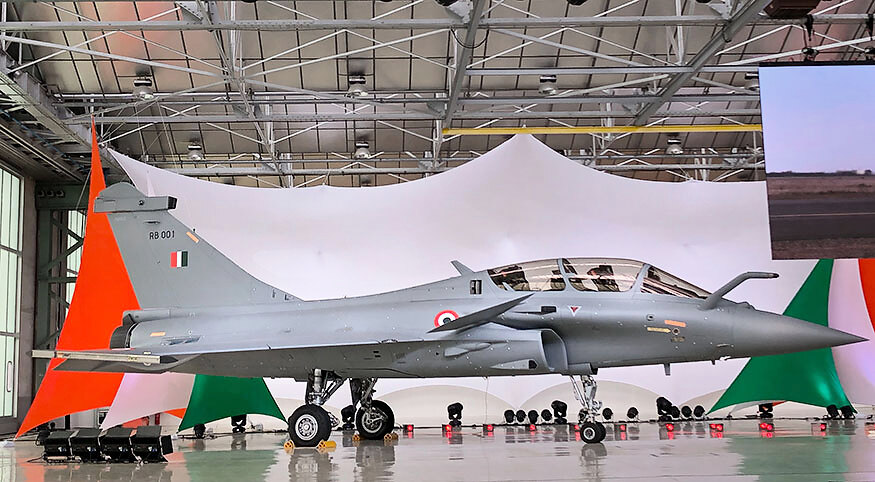
Dassault has also loaded the Rafale with a Martin-Baker Mark 16F "zero-zero" ejection seat, capable of operation at zero speed and zero altitude. In terms of weapons, the Rafale can be equipped with air-to-air missiles, air-to-ground missiles, and air-to-surface missiles along with Nuclear weapons. For avionics, the Rafale is also equipped with AESA radar, SPECTRA Electronic Warfare System and IRST System.
The Rafale jets will come with various India-specific modifications, including Israeli helmet-mounted displays, radar warning receivers, low band jammers, 10-hour flight data recording, infra red search and tracking systems among others.
With Input from PTI



















Comments
0 comment